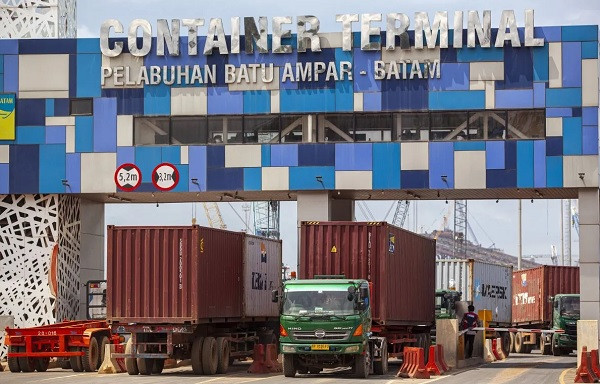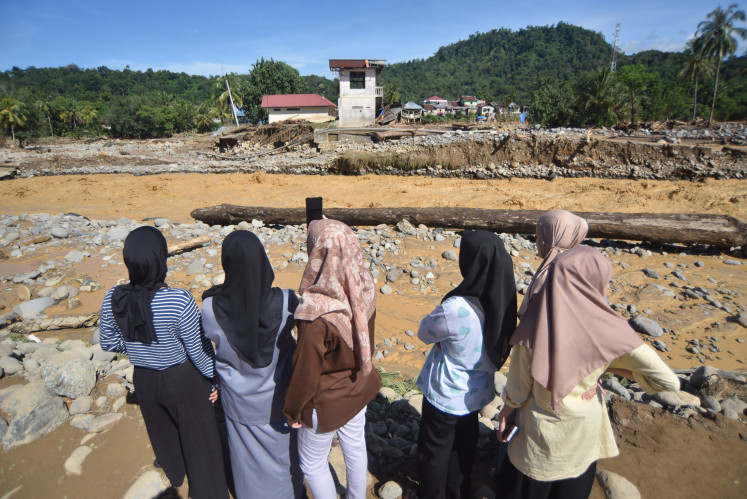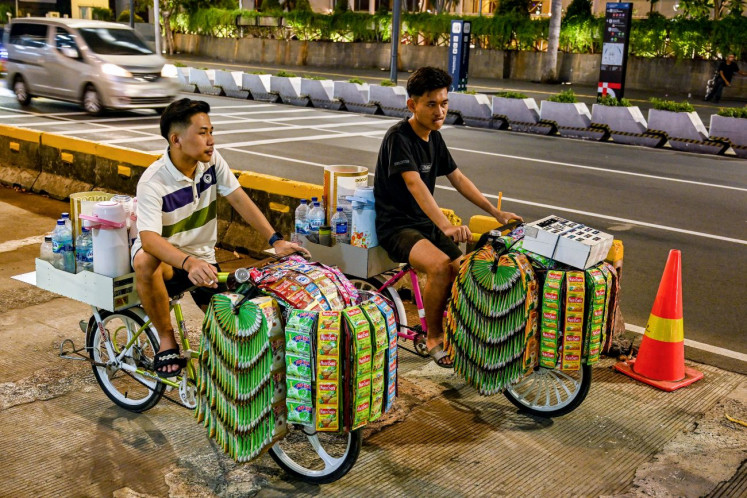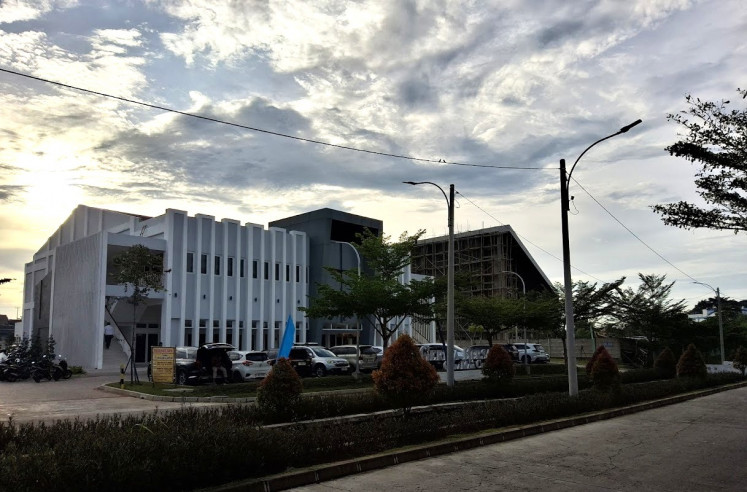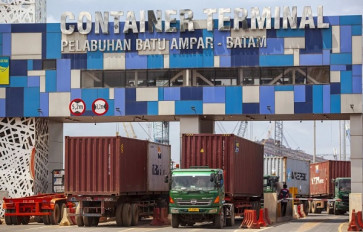Popular Reads
Top Results
Can't find what you're looking for?
View all search resultsPopular Reads
Top Results
Can't find what you're looking for?
View all search resultsSecuring the relevance of Asia-Pacific cooperative frameworks amid tariff wars
ASEAN and its dialogue partners have been able to describe and lament the risks inherent in the tariff wars but have not been able to put into effect concrete, coordinated steps to avert further crisis.
Change text size
Gift Premium Articles
to Anyone
T
hanks to ASEAN’s decades-long exercise of centrality and the beyond-ASEAN policy contributions of individual Southeast Asian countries, the Asia-Pacific region is not bereft of intra-regional economic cooperative frameworks.
ASEAN has been particularly industrious. It has initiated a network of free-trade agreements, variously composed and regularly updated, with all its dialogue partners in the region: ASEAN-Australia-New Zealand (AANZFTA), ASEAN-Japan (AJCEP), ASEAN-Republic of Korea (AKFTA), ASEAN-China (ACFTA) and ASEAN-India (AIFTA).
Although there is no common free trade agreement binding ASEAN with the Plus Three countries (China, Japan and the Republic of Korea) collectively, the ASEAN+3 has developed to become one of the most important East Asia-wide processes, being seen as a key driver for a future East Asia community.
Further, in 2011, ASEAN initiated the Regional Comprehensive Economic Partnership (RCEP), which came into effect in 2022, as a demonstration of its then-prevailing confidence in its capacity to shape the region’s economic architecture.
While many readily recognized the RCEP’s significance as the world’s largest FTA in terms of the combined GDP and population of its participating states, the ASEAN-centric nature of the initiative has not often been acknowledged.
In 2011, the view was, certainly in Jakarta, as the RCEP’s initiator, that by encompassing all the countries with which ASEAN already has free trade agreements in an even broader free trade arrangement, ASEAN would help connect the “outer dots” by promoting free trade arrangements between ASEAN’s dialogue partners that would otherwise not benefit from such frameworks. A prized success would have been India’s inclusion, given its absence in the Asia-Pacific Economic Cooperation (APEC). However, India regrettably withdrew from the RCEP talks.
Thus, the fact that RCEP has, in some ways, given a fillip to a possible stand-alone free trade arrangement between China, Japan and the Republic of Korea, is not insignificant.

